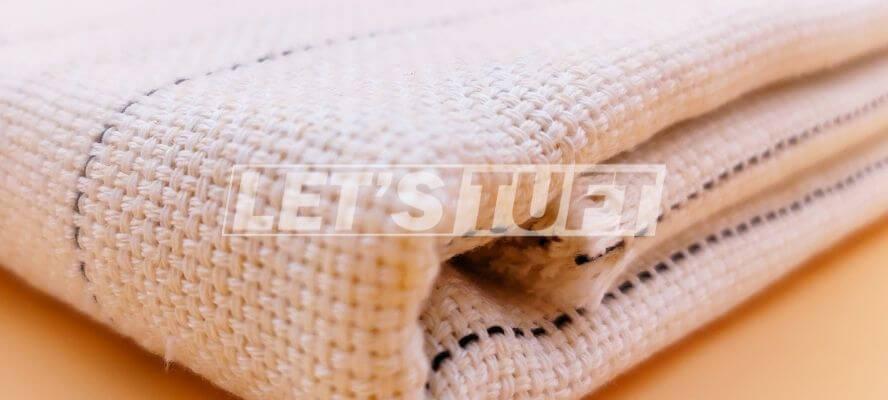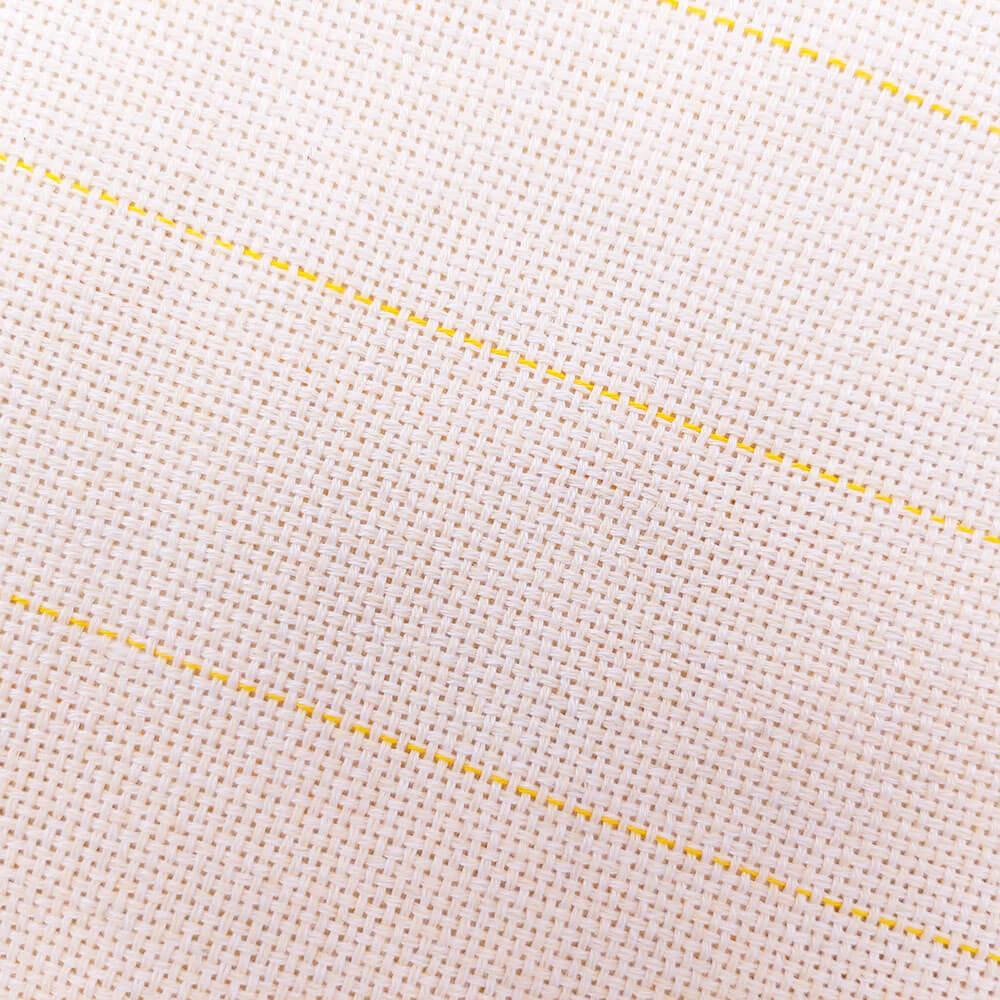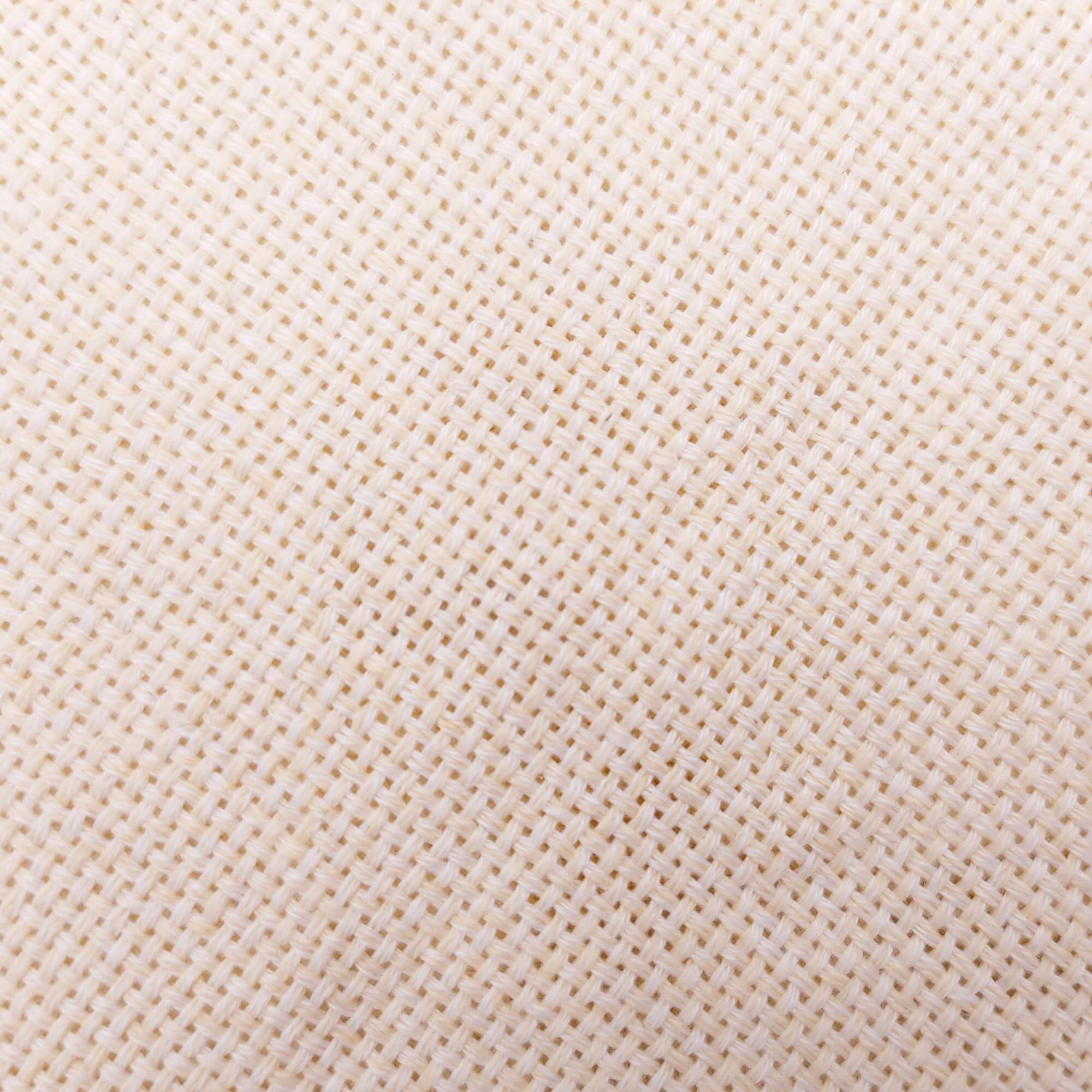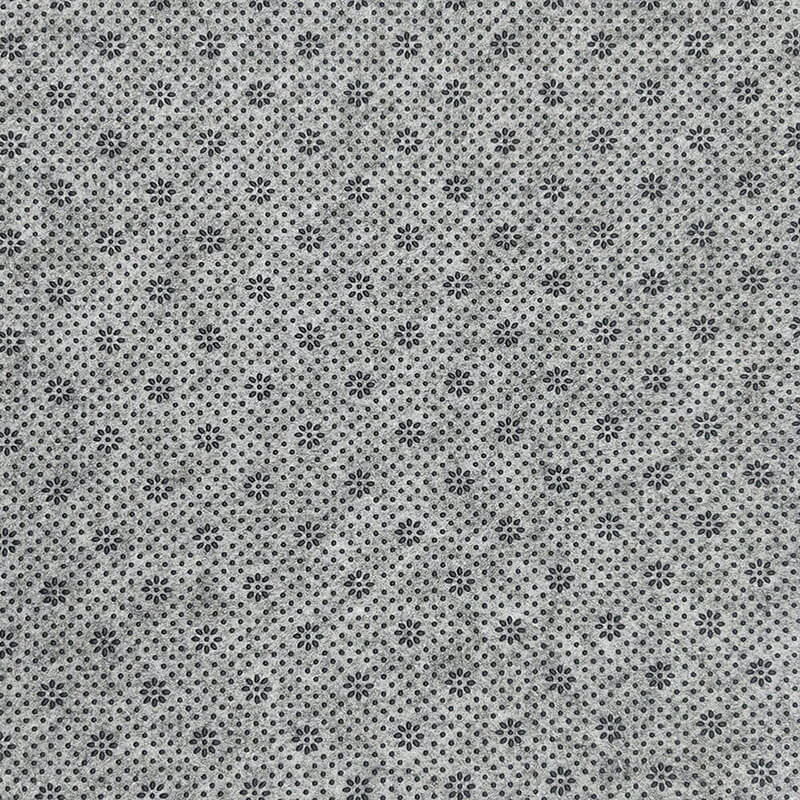If you’re reading this, you are most likely an avid rug tufting enthusiast or have your own small business. Nowadays, quirky, hand-tufted rugs have become an overnight sensation on social media because of their unique, handcrafted designs.
Hand tufting a rug is a therapeutic experience, but it does take hours and hours of work to create that perfect, long-lasting rug. One of the most critical aspects of creating a high-quality rug is finding the ideal tufting cloth. There are so many different options available in the market for tufting fabrics. But how do you know which one is the best fit for your needs?
In this post, we explore several tufting fabrics so you’ll have all the information you need to decide on the perfect one for yourself. Let’s dive in!
What is Tufting Cloth?
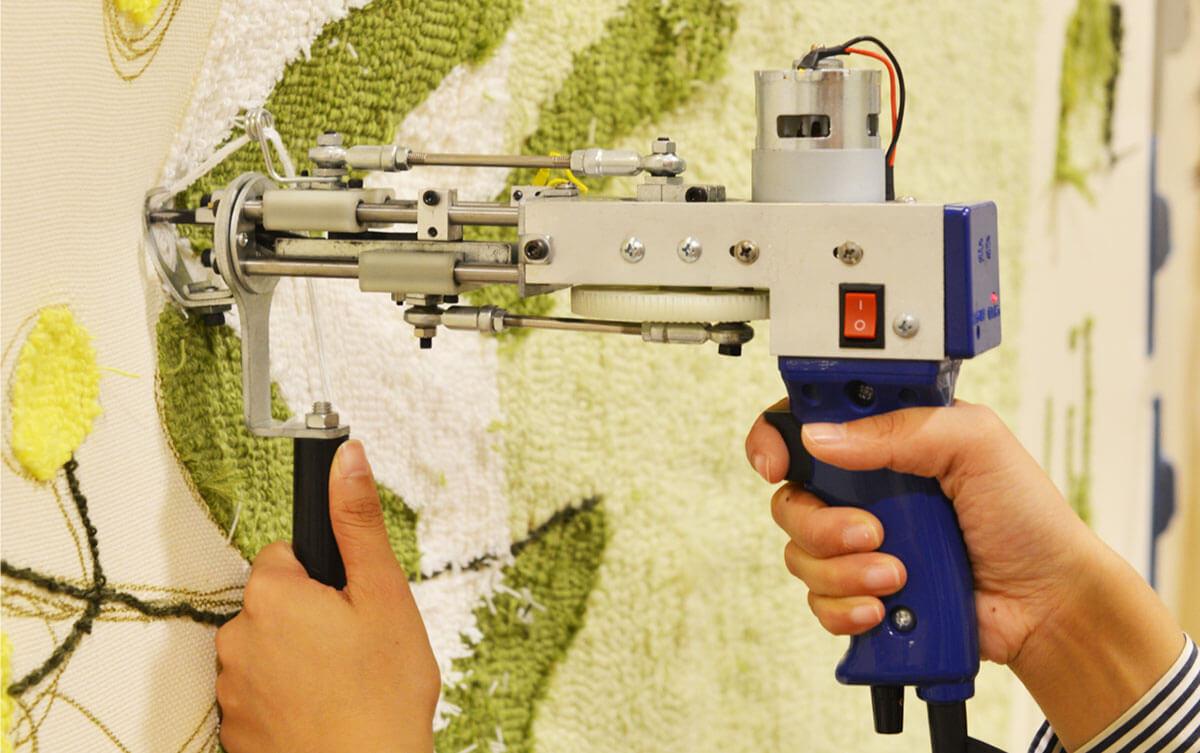
Tufting needs a specific type of fabric surface to tuft into. This could be anything from an open mesh to a flat fabric surface.
Like other fabrics, tufting cloth is sold by the yard. It should be big enough to be stretched properly over the frame. Primary Tufting Cloth is considered the industry standard for tufting.
What kind of Tufting Cloth do I need to make rugs?
There is a wide range of cloth available for tufting and budget plays a bit part in determining which cloth you should choose.
It’s essential that you choose a fabric with loose enough weave to accommodate the needle of the tufting machine without ripping.
Two kinds of cloth are often used in tufting: primary tufting cloth and monk’s cloth. Both are pretty effective when used correctly. Let’s look at some of the fabrics that are being used for tufting.
Primary Tufting Cloth
Primary tufting cloth is the standard for tufting in the business. These fabrics consist of cotton and polyester. It has a flat weave and isn’t very thick, it’s extremely durable and soft to the touch. There are marked lines on this fabric to help keep your tufts in the same place and make sure they’re even. These lines also make it easier to stretch the cloth to your frame in an even way.
With this fabric not being dense, you will be able to tuft quickly without worrying that the material will tear or change as you work. Primary Tufting Cloth costs a lot more than burlap.
USE CODE “NEW10” on Checkout Page and Get 10% OFF | New Customers Only
What other cloth can be used for tufting?
Choosing the correct tufting cloth plays a crucial role in the rug tufting process because if you choose the wrong backing cloth, things can get ugly quickly during the creation process.
Various options other than primary tufting cloth are also available in the market, such as monk’s cloth and burlap. Primary Tufting Cloth can be expensive, but various alternatives have become more popular over time.
Can you tuft on Monks Cloth?
Monks cloth is a lightweight cotton fabric with an even weave frequently used for punch needling. Monks cloth is more substantial and rigid than basic backing fabric. It is the most luxurious foundation fabric on the market. Due to its softness, it is the most suitable material to deal with while stitching after punching. It is frequently used by rug tufters and is easily accessible in local fabric stores.
Certain customers report having concerns with monks’ cloth loosening out from the frame during the tufting process. This can make using monk’s cloth in the rug tufting process more challenging. Additionally, the material might fray, leaving tiny fibers in the final tufted rug.
Can you tuft on Burlap (or Hessian)?
Made from the Jute plant, burlap may be used for a wide variety of purposes. It’s the cheapest choice of tufting cloth, but the quality varies from product to product and is available in a wide range of weights.
The natural fibers used to make these rugs are harsh and coarse in texture. If you want to use this fabric, it’s best to stretch it very tightly over the canvas or frame before beginning your project. Sometimes you might accidentally rip or tear the fabric if you’re not careful.
The cloth deforms and stretches as you tuft more and more holes into it. This increases the likelihood of ripping and makes it more difficult to achieve straight lines in your project. Because of the burlap’s open weave, it may not be easy to see the drawings correctly.
Can you tuft on Plastic Tarp?
Plastic Tarp can be used for tufting, but it’s not the best material for tufting, because of its properties, it can be hard to tuft on it, especially when making curvy or diagonal lines for your designs.
Tufting on Muslin, Canvas, or Denim
Fabrics such as Muslin, Canvas, Denim, etc., are not the most compatible fabrics for tufting. Tufting on these fabrics would likely cause rip & tear. A good tufting fabric must have some flexibility that allows the gun to work through quickly.
One of the essential elements of tufting is having a firm and consistent pressure on your fabric as you work. If the fabric is too rigid, this will not be possible and may distort your designs.
Secondary Cloth (Non-Slip Felt Backing Cloth)
While handmade carpets are attractive and functional, they have one possible flaw: slippage. Slipping and sliding on a rug is inconvenient and dangerous, one mistake might result in a fall.
Handmade rugs, particularly tufted ones, need a non-skid rug backing. After the adhesive sets, during finishing your rug, you’ll need to “back” your rug with another piece of fabric. It’s always best to complete your tufted rugs using a non-slip felt backing cloth.
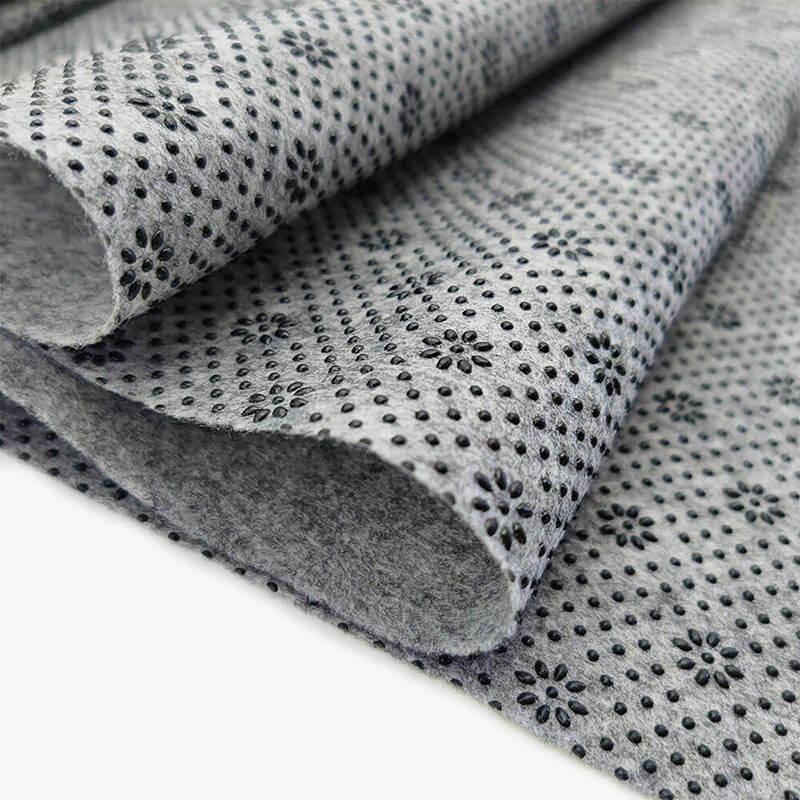
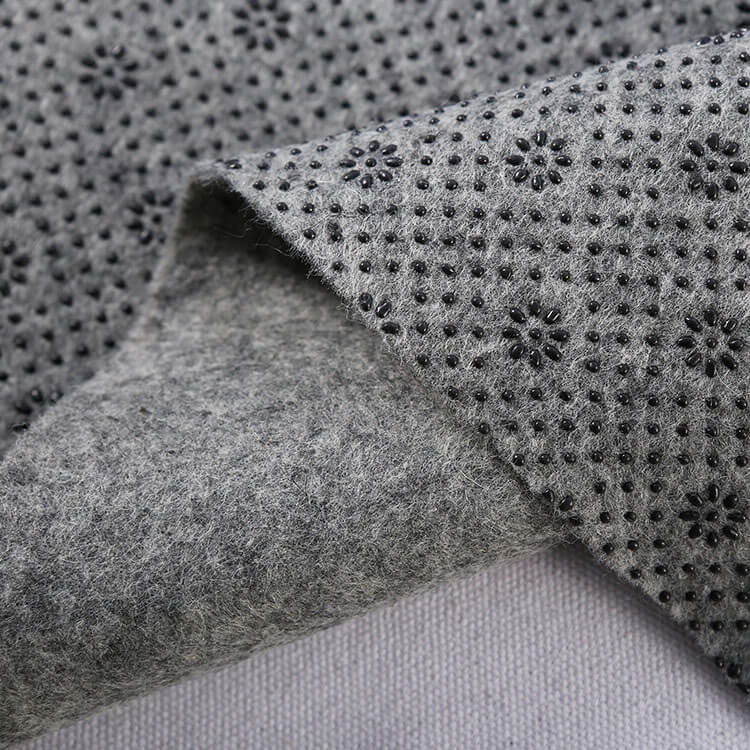
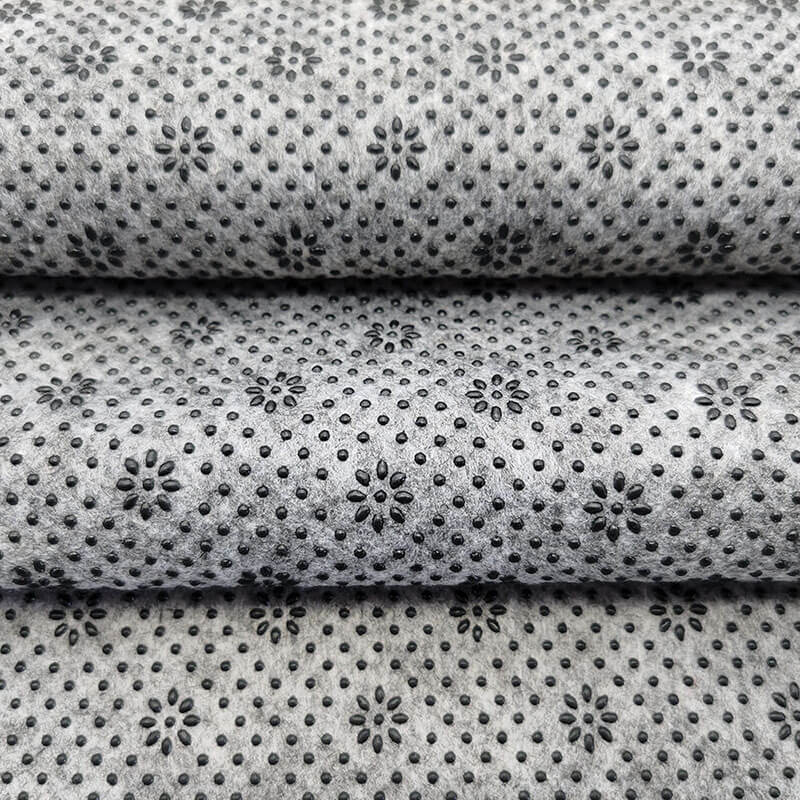
This secondary backing cloth is bonded to the back of the rug, and it serves as an additional layer of protection for under the rug. This increases its durability and makes it substantially softer as a result of the added layer.
Tufting is a fun and easy way to get creative and add new items in your house or gift to friends. There are a few options when it comes to choosing which tufting cloth is best for your project. Primary cloth is the industry’s first choice but can be expensive. A second more affordable choice is monks cloth. Try all out all the ideas in this post and find a tufting cloth that works for you/Head over to our range of tufting cloth to find out more information.

